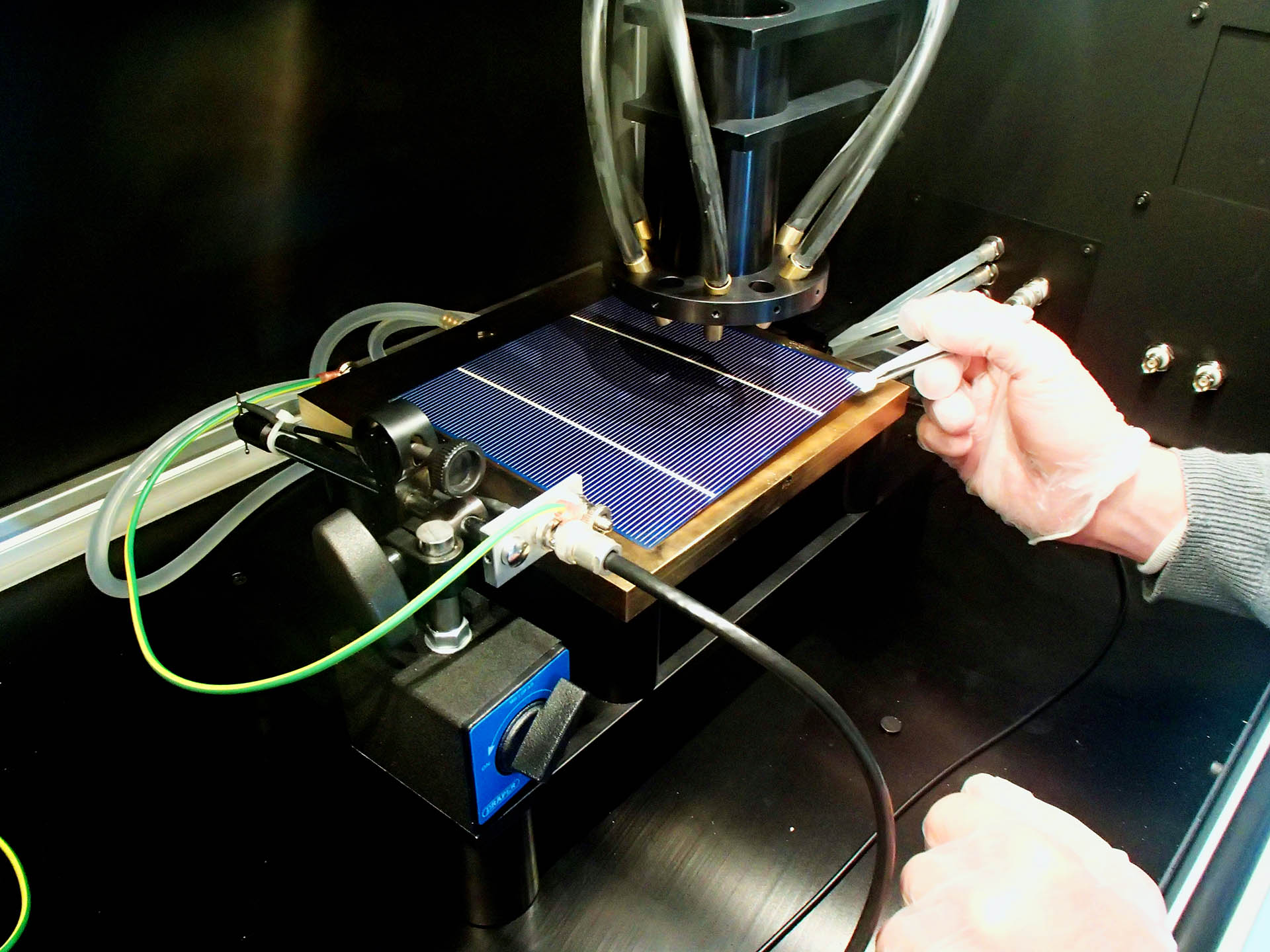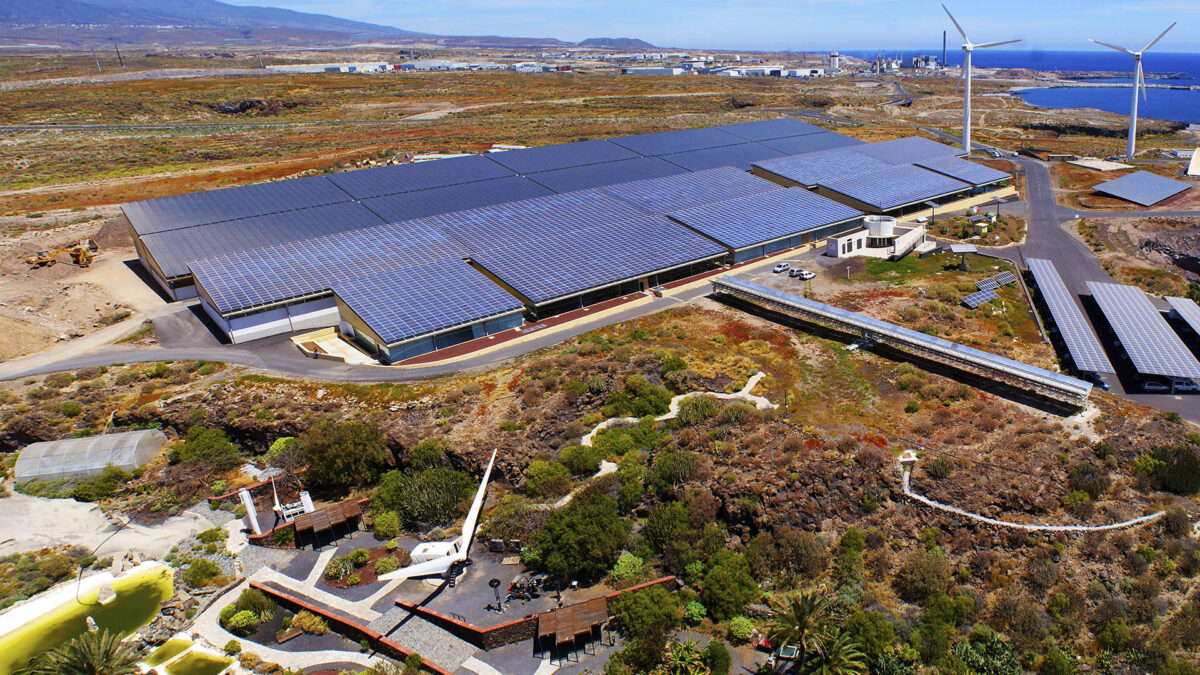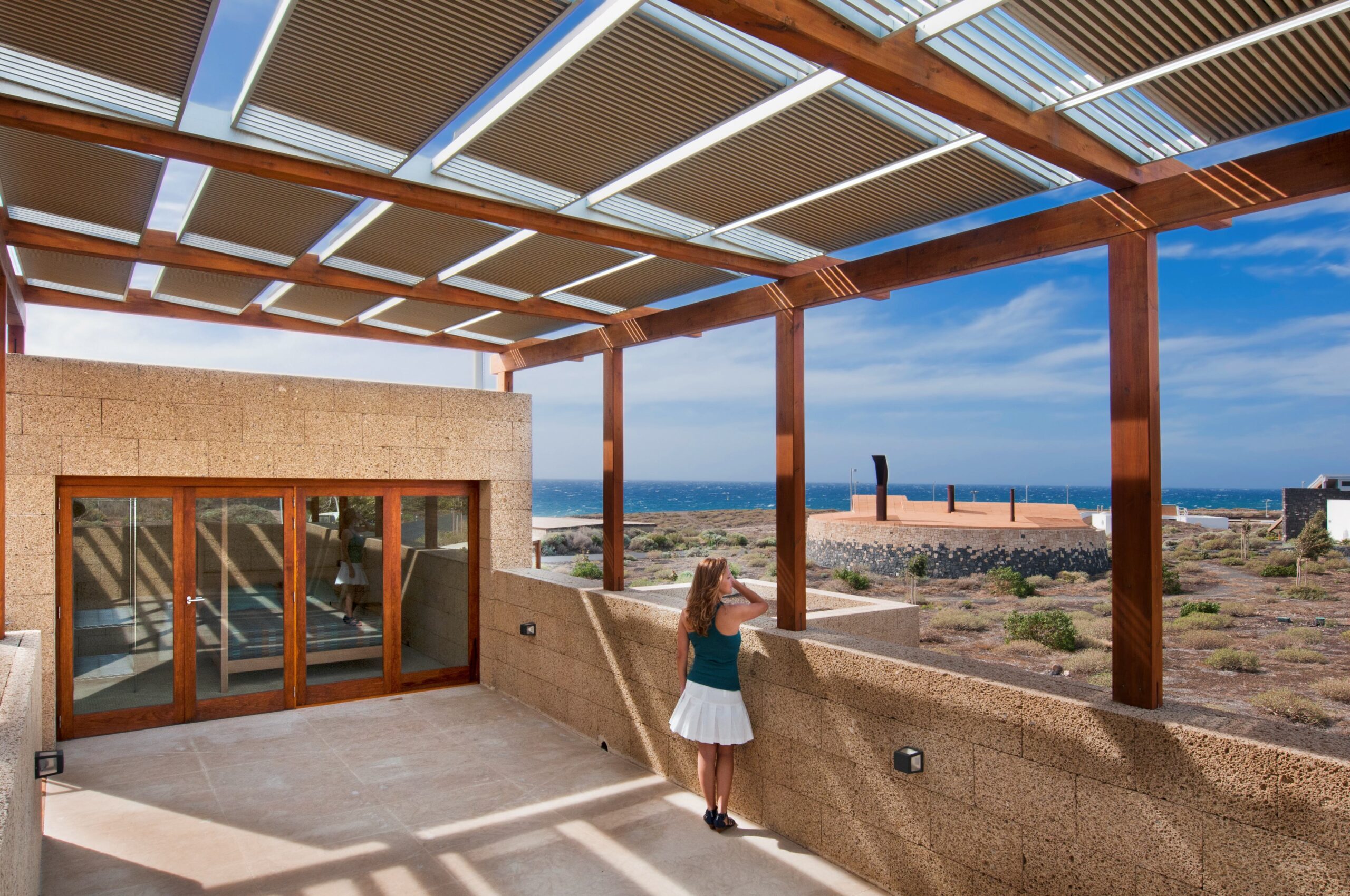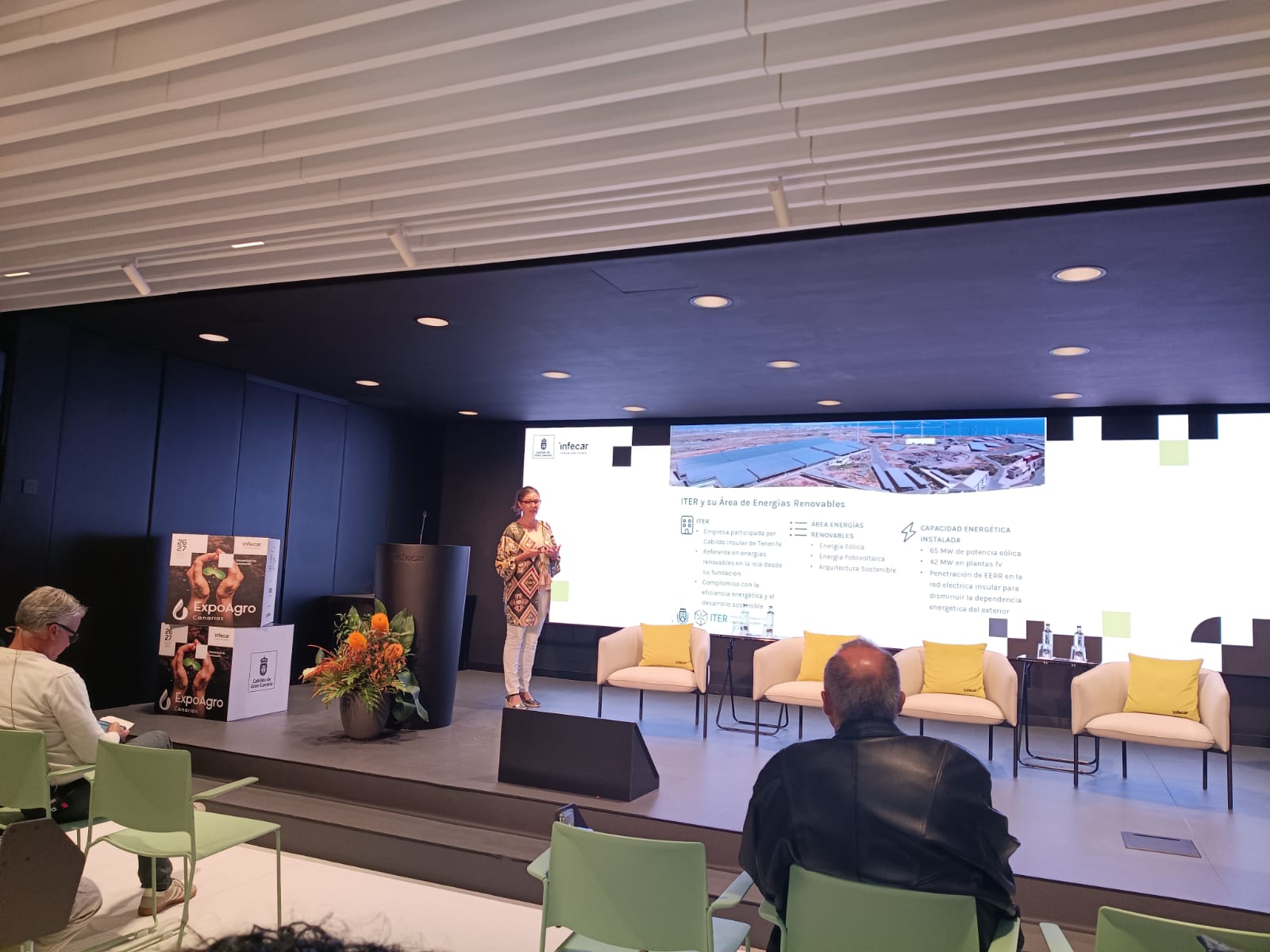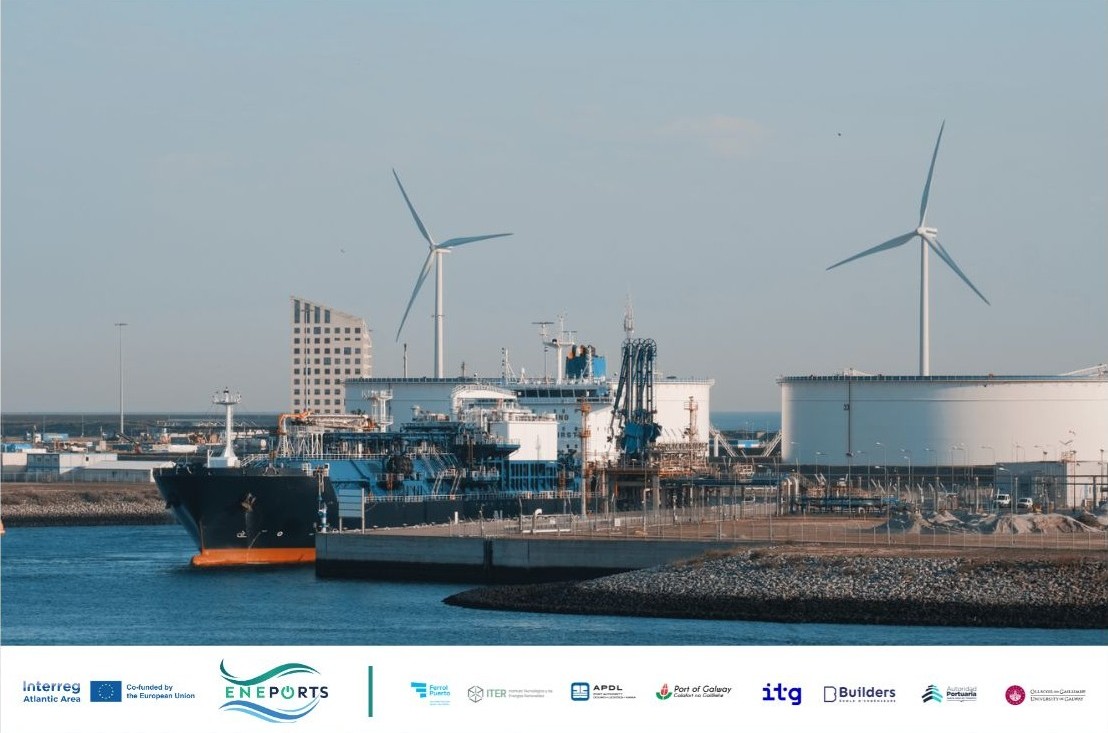Fotosil – Iones fotoluminiscentes para la formación de células fotovoltaicas de tercera generación basadas en Silicio
El Proyecto FotoSil “Iones fotoluminiscentes para la formación de células fotovoltaicas de tercera generación basadas en silicio”, fue financiado por el Ministerio de Ciencia e Innovación, dentro del Plan Nacional de Investigación Científica, Desarrollo e Innovación Tecnológica, 2008-2011, Subprograma de actuaciones científicas y tecnológicas en Parques Científicos y Tecnológicos, INNPLANTA 2011. La subvención total ascendió a 808.088,00 € (2011-2013), de los cuales el 70% procedieron de recursos del Fondo Europeo de Desarrollo Regional (FEDER) de la Comisión Europea.
La energía solar fotovoltaica es una de las energías renovables que se encuentra en continua evolución, una cuestión básica a optimizar es el desarrollo de células fotovoltaicas más eficientes y más baratas. Obtener estas mejoras en la tecnología es una cuestión primordial para favorecer la integración a gran escala de esta energía.
El objetivo general del proyecto FotoSil era la fabricación de células fotovoltaicas de silicio de bajo coste más eficientes, haciendo uso de tecnología de células de tercera generación, con el fin de mejorar la absorción de fotones y poder obtener emisores más eficientes.
Para lograr este objetivo era necesario desarrollar diferentes procesos y tecnologías. Primero, desarrollar procesos para la fabricación de células fotovoltaicas de alta eficiencia que a la vez reduzcan los costes de producción. Para ello, se analizaron los procesos de formación de células fotovoltaicas sobre sustratos monocristalinos para tratar de trasladar y adaptar estos procesos a sustratos multicristalinos. Actualmente, la mayoría de las células fotovoltaicas se fabrican sobre sustratos multicritalinos, ya que, aunque estos tengan menos calidad que los monocristalinos, son más baratos.
A continuación, Desarrollar proceso de obtención de emisores más eficientes. Teniendo emisores más eficientes se obtendría una mejora eléctrica en la célula fotovoltaica. Esta mejora se abordó desde dos puntos de partida, por un lado el uso de láminas de silicio amorfo sobre superficies texturizadas y por otro el uso de emisores selectivos bajo los contactos metálicos para favorecer la generación de corriente. Y por último, desarrollar procesos de deposición de lámina intrínseca de silicio amorfo. El objetivo era crear una lámina intermedia de silicio amorfo con el fin de mejorar la respuesta del emisor a los fotones más energéticos en el rango UV-VIS.
Además de mejorar y desarrollar procesos también se trabajó en el desarrollo de tecnología de células de tercera generación. Para ello, se estudió el comportamiento de materiales fotoluminiscentes, como las tierras raras y de las nanoestructuras de silicio para que actuaran conjuntamente como fotoconversores, en aras a aumentar la eficiencia de la fotoconversión, y por tanto el rendimiento de la célula.


